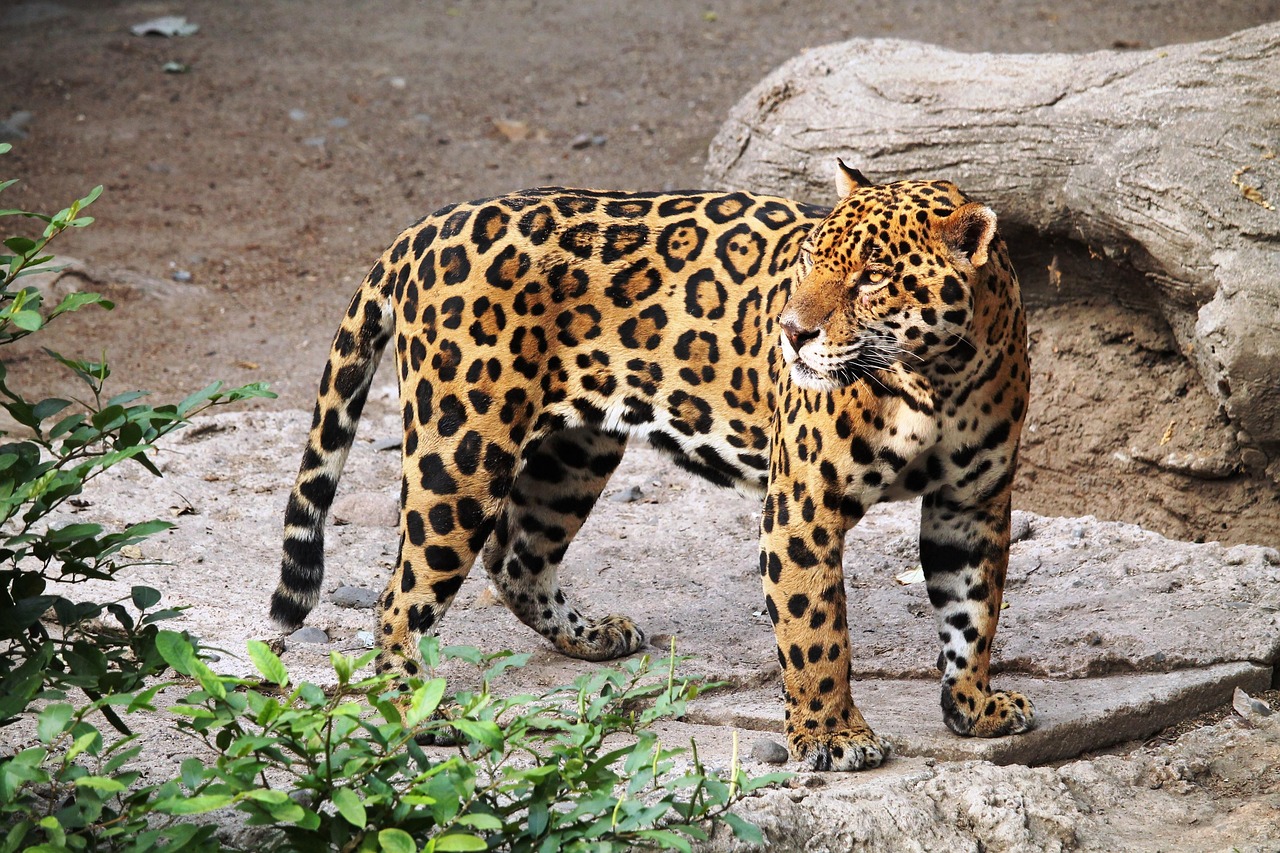The Vital Role of Veterinary Care in Jaguar Rehabilitation
Understanding Jaguars
Jaguars (Panthera onca) are the largest big cats in South America and the third-largest in the world, after tigers and lions. Characterized by their powerful build and beautifully patterned coats, jaguars are apex predators playing a crucial role in maintaining the health of their ecosystems. They are primarily found in rainforests, savannas, and wetlands, and their populations are unfortunately threatened by habitat loss, poaching, and human-wildlife conflict.
The Need for Rehabilitation
Due to these threats, many jaguars require rehabilitation after being rescued from captivity or the wild. The rehabilitation process involves not only physical recovery but also behavioral conditioning, which is essential to ensure that these magnificent cats can successfully reintegrate into their natural habitat. Veterinary care is a cornerstone of this process, providing the medical and psychological support necessary for successful rehabilitation.
The Role of Veterinarians
Veterinarians specializing in wildlife and exotic animal care play a critical role in jaguar rehabilitation. Their expertise is crucial in several areas, including:
-
Medical Treatment
- Injuries and Illnesses: Many jaguars arrive at rehabilitation centers with injuries from traps, vehicle collisions, or conflicts with humans. Veterinarians assess these injuries and provide immediate medical intervention.
- Preventative Care: Regular health check-ups are important to monitor the overall health of the jaguars, ensuring they receive vaccinations, parasite control, and nutritional advice.
-
Surgical Interventions
- In cases where jaguars suffer severe trauma, surgical procedures may be necessary. This includes surgeries for broken bones or severe wounds, which require a high level of skill and precision as well as post-operative care to ensure recovery.
- Behavioral Assessment
- It’s not enough to treat a jaguar’s physical ailments; understanding their behavior is vital. Veterinarians often work alongside wildlife biologists and animal behaviorists to assess a jaguar’s behavior, making recommendations for environmental enrichment and stress reduction.
Rehabilitation Facilities and Their Importance
Rehabilitation facilities act as safe havens for injured and orphaned jaguars. These facilities should be equipped with veterinary clinics staffed by experienced professionals. They aim to mimic the jaguar’s natural habitat while providing necessary interventions.
-
Environment and Enrichment
- Creating a stimulating environment is essential for the mental health of rehabilitating jaguars. This includes climbing structures, water features, and hiding places, all designed to encourage natural behaviors. Veterinarians provide insights into designing these spaces that promote physical activity and mental stimulation.
-
Feeding and Nutrition
- Proper nutrition is fundamental to a jaguar’s recovery. Veterinarians work to develop diets that meet the jaguar’s specific dietary needs, which primarily consist of meat, ensuring they regain strength and vitality.
- Monitoring Pre-release Readiness
- Before a jaguar is released back into the wild, thorough evaluations by veterinarians assess their physical and psychological readiness. Veterinarians monitor factors such as hunting skills and social behaviors to ensure they can thrive in their natural environments.
Collaboration with Conservation Organizations
Veterinarians often work closely with various wildlife conservation organizations. This collaboration is vital for creating successful rehabilitation programs. Organizations such as the Wildlife Conservation Society and Panthera engage in jaguar rehabilitation efforts, leveraging veterinary expertise to support and enhance their initiatives.
-
Data Collection and Research
- During the rehabilitation process, veterinarians gather valuable data that contributes to broader research efforts. This data can help identify common injuries, diseases, and behaviors that can be addressed in jaguar population management efforts.
- Public Education
- Part of rehabilitation involves educating the public about the importance of jaguars and the threats they face. Many rehabilitation centers offer educational programs where veterinarians can share their knowledge, helping to foster a greater understanding and appreciation for these majestic creatures.
Ethical Considerations in Rehabilitation
Ethical practices are paramount in jaguar rehabilitation. Veterinary care must adhere to legal and ethical guidelines to ensure the welfare of the animals. This involves:
-
Respect for Wildlife
- Rehabilitation efforts must prioritize the well-being of jaguars, ensuring that interventions do not disrupt their natural behaviors or habitats.
-
Compliance with Laws and Regulations
- Many countries have specific laws concerning the care and rehabilitation of wildlife. Veterinarians must comply with these regulations, which guide their practices and ensure ethical treatment.
- Biosecurity Measures
- To prevent the spread of diseases, strict biosecurity measures must be enforced in rehabilitation settings. Maintaining hygiene in housing, feeding, and veterinary practices is crucial to protect both the jaguars and potential wildlife in the nearby areas.
Conclusion
The rehabilitation of jaguars is a multifaceted process that relies heavily on the specialized veterinary care they receive. Through medical treatment, behavioral assessment, and collaboration with conservation organizations, veterinarians play an essential role in reconnecting these magnificent animals with their natural habitats. The work done in jaguar rehabilitation emphasizes the importance of preserving these apex predators for future generations and maintaining the ecological balance of their environments. By prioritizing veterinary care in rehabilitation, we can ensure a more successful outcome for jaguars and contribute to the ongoing efforts to conserve these incredible animals.







